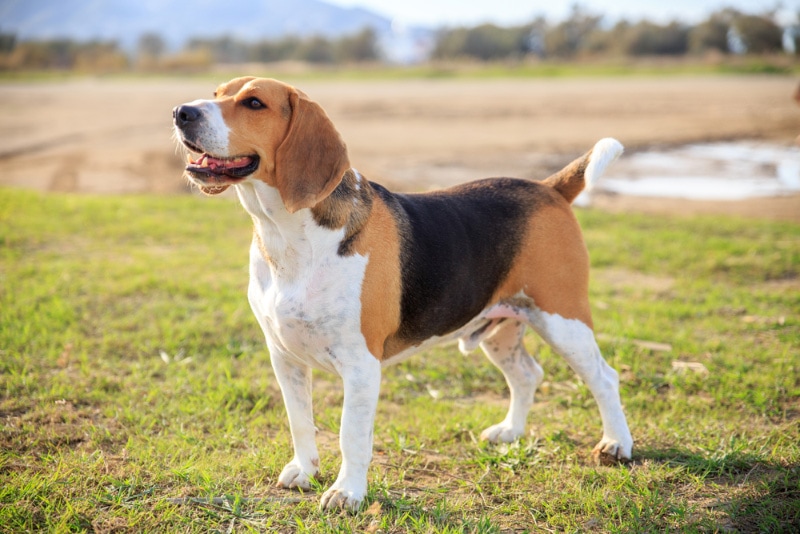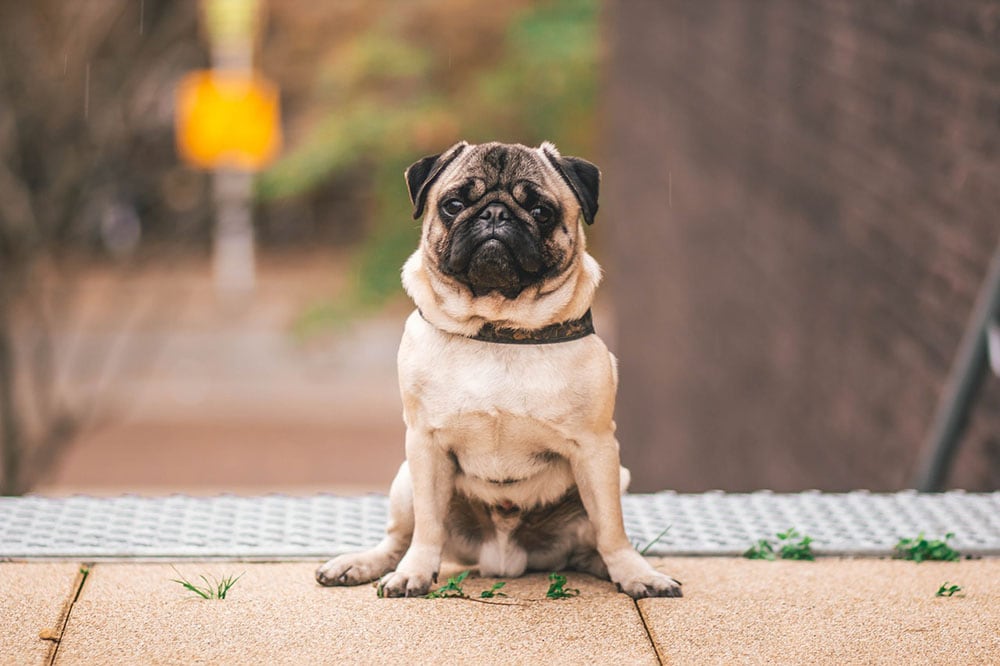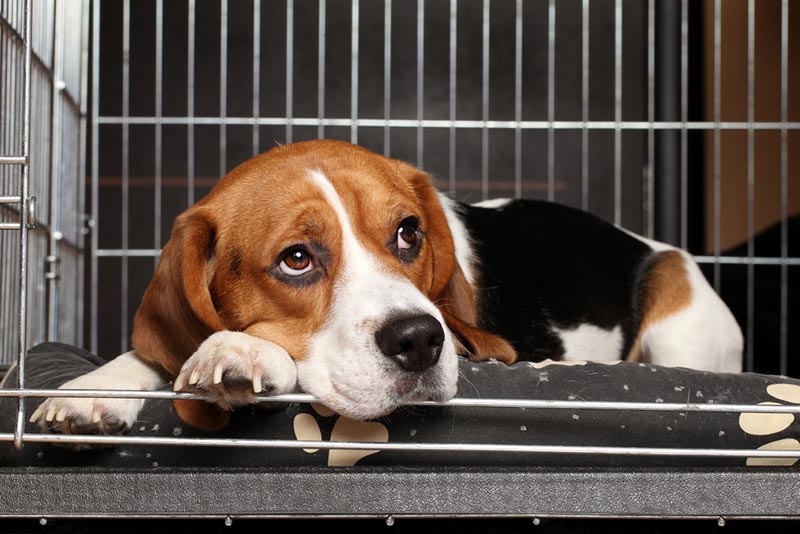Do Dogs Feel Guilt or Shame? What Science Says
By Oliver Jones
Updated on
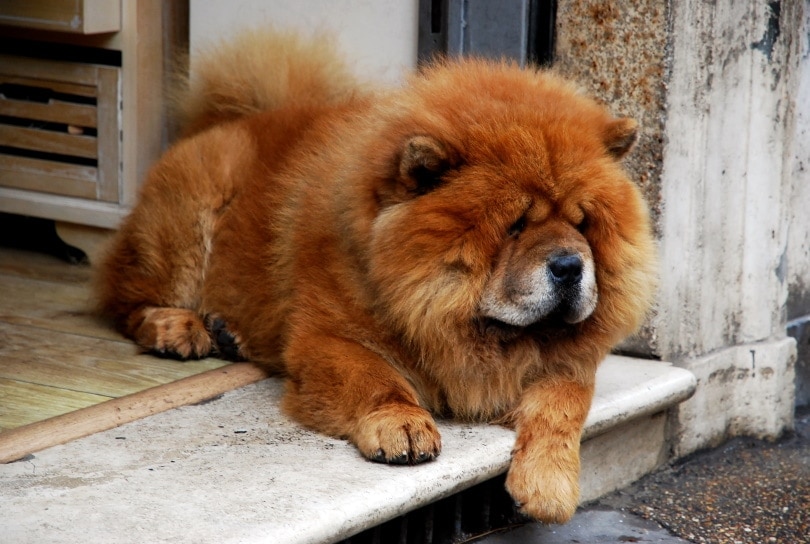
Dogs are emotional beings that express fear, happiness, anger, and sadness. Although they cannot speak to us, their body language helps them express emotions. When your dog’s tail is wagging, and the pup appears to have a joyous look on its face, you’re probably right in assuming the animal is happy and content. If dogs can be happy or sad, what about guilt or shame? Guilt is a complicated issue that many animal behaviorists believe is beyond the realm of canine cognitive ability. However, researchers are still unsure whether dogs can express guilt.
Evidence of the Guilty Look
The scientific community may be hesitant to admit dogs show guilt, but most dog owners are convinced their pets display the emotion whenever they get in trouble. Pet owners often see a little of themselves in their dogs and equate a dog’s expression to a human emotion like guilt. When dog lovers were surveyed about their views of their dogs’ “guilty” behavior, 74% believed that dogs express remorse, and nearly 60% claimed that they discipline their pets less severely after seeing the look. Signs that make dogs appear guilty may include:
- Cowering
- Tucking the tail
- Licking
- Flattening the ears
- Avoiding eye contact
- Showing the whites of the eyes
These expressive actions appear to display guilt, but they’re also attributed to an animal expressing fear. When dogs are frightened by a loud noise or scary humans, they often show the same behavior. While animal behaviorists believe dogs express primary emotions such as fear and happiness, most believe the guilty look is only a reaction to the owners’ feelings. When a dog lover gets home from work and sees their favorite house plant ripped to shreds or sees a pile of feces on the carpet, they’re unlikely to shrug it off and act as if nothing occurred. Yelling and saying “bad dog” is a common reaction, and the animal reacts to the outburst with fear.
It’s natural for pet owners to behave that way, but veterinary specialists suggest the reaction could have shocking consequences. When a dog sees how its owner reacts to the situation, it may try to hide the mess when it repeats the action. Instead of defecating on the carpet, the animal may visit the closet the next time. Until the reason for the odd behavior is determined, the dog is likely to continue the behavior. Of course, physical punishment for canine hijinks is cruel and unnecessary, but even a scream can cause a dog to cower or run for cover.
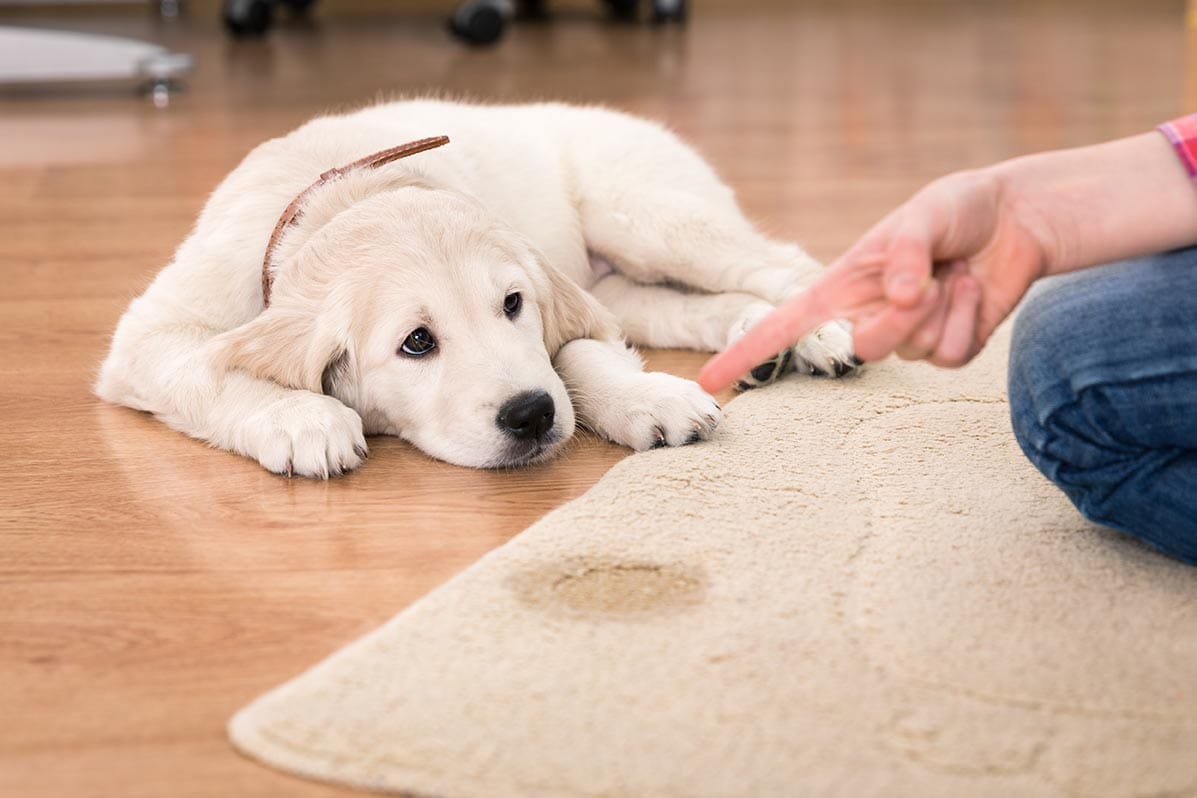
Guilty Research
Although the appearance of guilt seems like a typical reaction from dogs, scientists suggest it may be related to the animals’ relationship with humans. Dogs were the first creatures to be domesticated, and they’ve lived with humans for thousands of years. Over time, canines have learned how to appease their owners. When they’re scolded for misbehaving, they cower and fold back their ears in a submissive posture. Rather than expressing guilt, they’re only acting fearful to show humans they want the punishment to end.
In 2009, a groundbreaking study was conducted by Alexandra Horowitz to determine if guilt was possible with dogs. The research involved recording the reactions of dogs and owners when a treat was left in the room. The pet parents were told to scold the dogs if they returned and discovered the food was gone.
Sometimes, the dogs were allowed to eat the treats when the owners left the room, but other subjects were told their dogs ate the treats when they did not eat anything. So, some people disciplined their pets even when they did nothing.
Horowitz and her team found that the dogs in both groups acted similarly when angry owners approached them. Whether the animal ate the forbidden treat or not, it displayed a guilty look. The veterinary scientists suggest that the term “guilty look” should be replaced with a “submissive look.” Although the study has led many to conclude that guilt is impossible with dogs, Horowitz claims that she has not ruled out guilt as a canine emotion. With further research, perhaps scientists will learn more about how canines view inappropriate behavior and the human reaction to it.

Learning Through Training
Dogs cannot learn the difference between appropriate behavior and bad behavior without thorough training from owners. Until humans enforce the rules, dogs rely on their instincts for decision-making. Some breeds adapt to training better than others, and adult dogs that were recently adopted require a significant amount of patience during the training period.
Teaching a dog is not easy, and some owners are unable, for multiple reasons, to schedule the time to work with their pets. If a dog jumps on an antique chair or another forbidden object, it may take weeks or longer before the animal understands it’s off-limits. When you say “stop” or “leave” before the dog jumps and provide a reward for resisting the urge, the canine will eventually equate the treat to good behavior.
Correctly an action the moment it occurs is not possible for everyone, but owners who are too busy for training should not be frightened by the cost of professional training sessions. Training through repetition is essential, and expert trainers have the experience, patience, and time to correct bad behavior and improve the bond between the owner and pet.
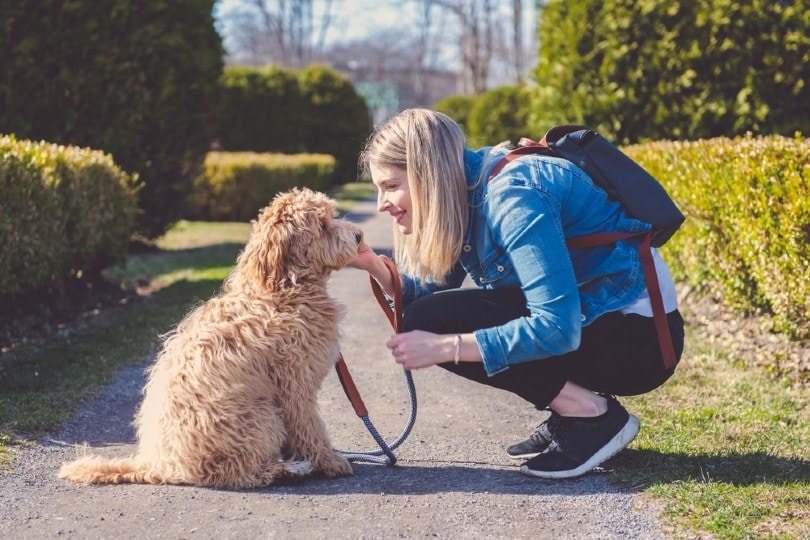
Conclusion
The mystery of canine guilt continues to be a hot topic of debate. While some behaviorists believe the emotion is not possible with a canine brain, others like Alexandra Horowitz are not convinced her study did not prove dogs are incapable of guilt. The research showed that dogs display a submissive posture when they’re disciplined, whether they misbehave or not, but more studies are needed to determine that dogs cannot feel guilt or shame conclusively.
See also:
Featured Image Credit: espirito85, Shutterstock

